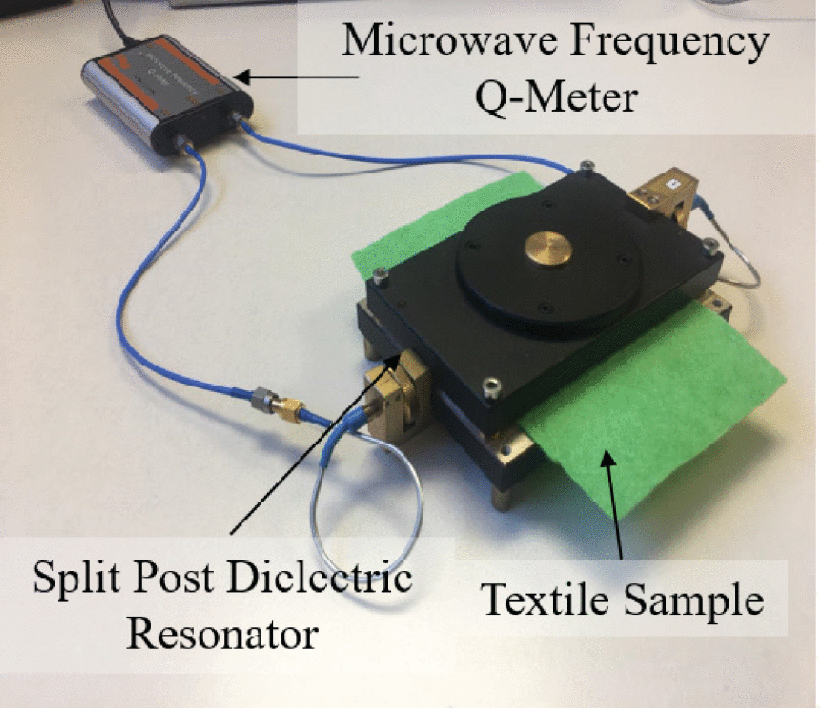Determination of Salinity and Sugar Concentration by Means of a Circular-Ring Monopole Textile Antenna-Based Sensor
Wearable healthcare monitoring devices have improved the quality of life. The advancement in communication technology and sensors has further boosted its improvement with the possibility of adding more features. The researchers have proposed a prototype that has made possible a wearable device with real-time sugar and salt monitoring that can help monitor salt and sugar intake.
The presence of sugar or salt changes the dielectric properties of a substrate. Any change in concentration changes the dielectric constant of the sensing material. This dielectric change can be detected and measured by microwave sensing technology. Microwave wearable antennas use this concept to measure sugar and salt concentrations in real-time. The microwave sensing technology shows quick response time, high sensitivity, and ease of handling, making it a preferred choice for real-time health monitoring.
The novel prototype presented here uses a fully textile circular-ring monopole antenna sensor. The proposed process tracks the concentration of salt and sugar using microwave signals. An ultra-lightweight silver-plated nylon textile substrate makes up the antenna sensor. With a resonance frequency of 2.4 GHz, a tangent loss of 0.0013, and a dielectric constant of 1.2, the non-woven polyester textile is highly heat-resistant and durable.
The antenna was designed and simulated using CST Microwave Studio software. The antenna layout has a defined stitch pattern, having a circular monopole antenna and a partial ground plane fabricated on either side of the textile substrate.
Due to the screening effect, the dielectric constant of the inner area of the circular monopole antenna drops when it absorbs the solution. The resonant frequency change of the sensor antenna is inversely proportional to its dielectric constant.
Tests were conducted in a controlled environment on different samples to evaluate the prototype. Researchers used 5%, 10%, and 20% concentrations of salt and sugar solutions as the sample. The resonance frequencies, when recorded before and after the addition of different concentrations of salt solution, exhibited variations. The frequency shift, also called return loss, recorded by a vector network analyzer indicates the change in dielectric constants due to salt-sugar concentration. The experiment showed distinct frequency shift trends for different concentrations and volumes of the solution.
The sensor showed a sensitivity of 550 MHz/ml, 475 MHz/ml, and 325 MHz/ml for 5%, 10%, and 20% of the salt concentration, respectively. Similarly, for the sugar solution, the sensor shows sensitivities of 550 MHz/ml, 325 MHz/ml, and 500 MHz/ml for 5, 10, and 20% of the concentrations, respectively. The sensors were rinsed and tested with the solutions to establish their reusability. It retained its sensitivity at 525 MHz/ml, 250 MHz/ml, and 250 MHz/ml for 5%, 10%, and 20% of concentrations, respectively, after rinsing for up to 10 min.
The textile antenna showed the capability to differentiate between different concentrations of salt and sugar using microwave measurements. The proposed sensor showed high sensitivity, good rinsing reliability, and independence of sample size.
The microwave sensor shows good potential for blood sugar monitoring for diabetic patients and sodium concentration monitoring in blood. Its compact size, user-friendly operation, and high sensitivity make it ideal for real-time health monitoring.




